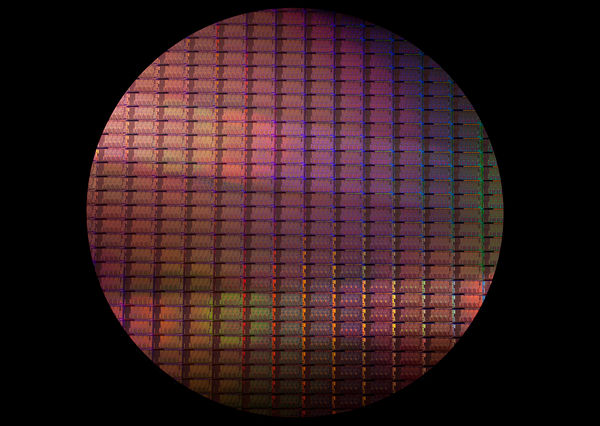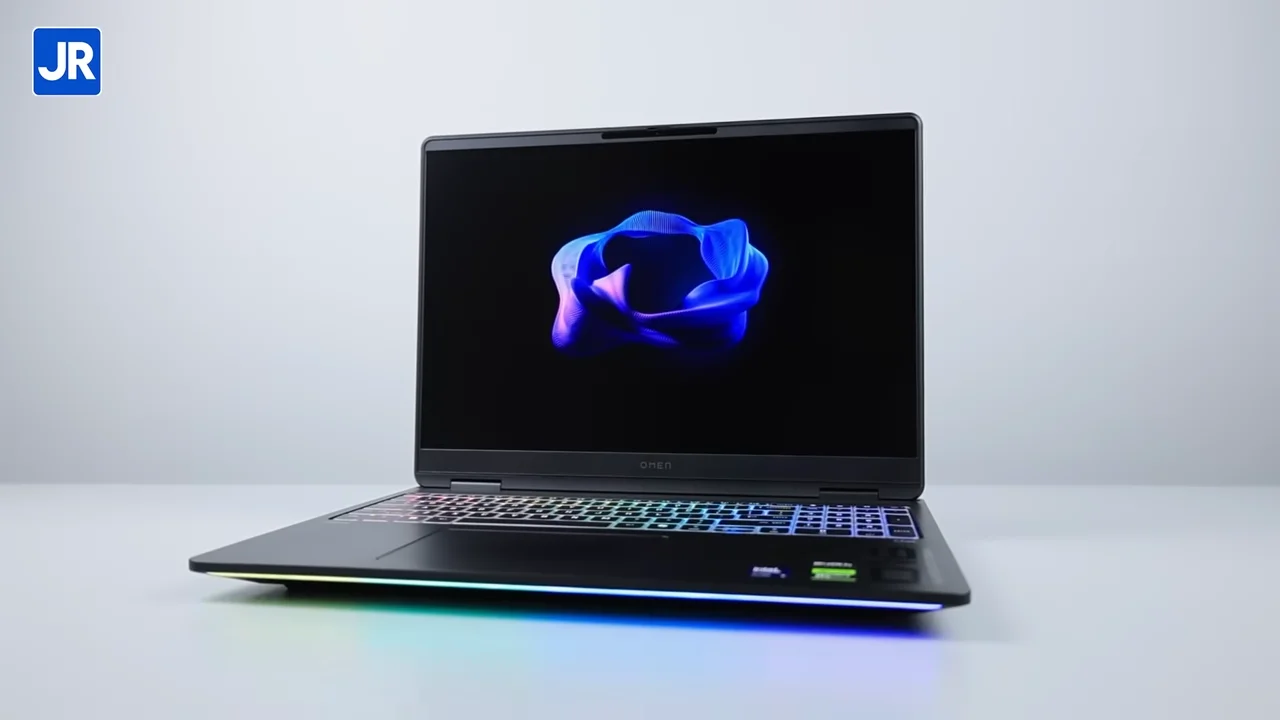Sandy Bridge Performance Review- Relatively Affordable, Absolutely Fast (For Now, at Least)
Conclusions
The Sandy Bridges are quite a nice start for 2011. Using totally new 32nm architecture and more advanced integrated graphics processors, the Sandy Bridge series has a lot to offer.
A number of new features have been implemented as well, although some are merely an improved version of technologies found on older processors. The Intel Quick Sync is perhaps one of the most interesting. In our MediaEspresso test, it is clear that the Quick Sync helps Sandy Bridge performs faster in video encoding scenarios. For now, there aren’t too many applications that could take advantage from this particular feature, but there is a good chance that more will become available in the future.

From performance standpoint, there’s no denying Sandy Bridge’s remarkable price-performance ratio. Mainstream Sandy Bridges are being offered for US$ 100-300, but the speeds of these relatively affordable processors are comparable to those of high-end CPUs from the previous generation. When you compare the Core i5 2500, Core i5 2500K, and Core i7 2600K with other processors that occupy similar price ranges, the Sandy Bridges will come on top due to their high performances. They are also faster than Intel’s Clarkdale series of processors (Core i5 6xx).
Also worth mentioning is Sandy Bridge’s Intel HD Graphics -especially the HD 3000 series- which is relatively powerful for an integrated solution. The Intel HD Graphics 2000 is significantly faster than the IGP on Intel’s Clarkdale family of processors, but the HD 3000 goes even beyond that, scoring more numerous playable frame rates in our game tests. Unfortunately though, the Intel HD Graphics 3000 is only available on the higher-end Core i7 2600K while this particular processor is better suited to the P67 motherboard because of its high performance and unlocked multiplier.
Speaking of the “K” series and their unlocked multiplier, you might be interested to overclock these processors. In fact, if you know the trick, they tend to overclock very well. Find out the right way to do so in our article, the “Sandy Bridge, the Complete Overclocking Guide”. Furthermore, you can also learn about Sandy Bridge’s special characteristics in greater details in our “The Top Five Things You Should Know about Sandybridge” article.
Last but not least, Sandy Bridge’s power consumption rates are no less impressive than its overall performance. In idle condition, a Core i5 2500 processor on H67 consumes just 28.1 watts, significantly lower than the 38.2 watts consumed by a Core i5 661 on H55 under the same condition. Despite its smaller power consumption, the Core i5 2500 generally performs better than the Core i5 661
Right now, some computer shops in Indonesia have already begun selling Sandy Bridge processors, complete with their complementary P67 and H67-based motherboards. Judging from our tested samples, it seems that the Core i5 2500 series would be appealing for most consumers as they offer well-balanced price-performance ratios. With just a US$ 9 price premium over the “non-K” series, the Core i5-2500K seems to be the better choice. That US$ 9 will earn you an unlocked multiplier along with a faster on-chip graphics. But, if you simply won’t settle for the second-best, the Core i7-2600K would make a fine choice for enthusiasts. When you’re shopping for one of these higher-end Sandy Bridges, remember that they perform better on P67-based motherboards.
























